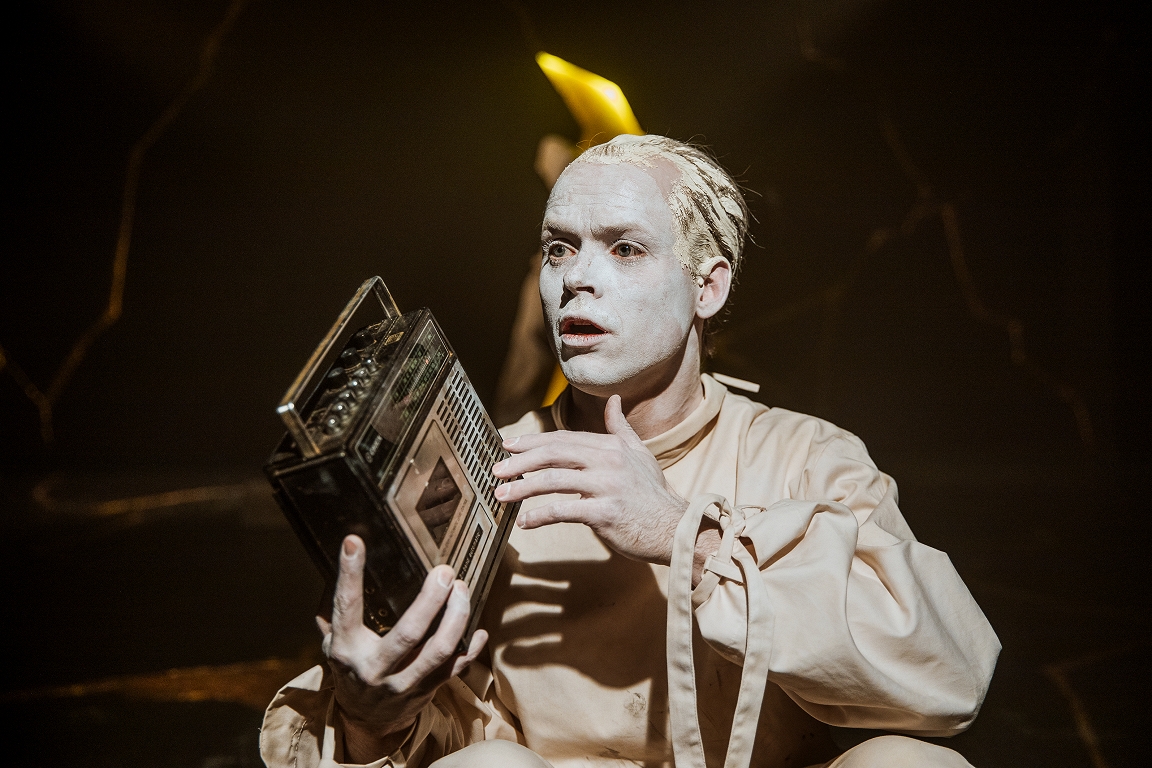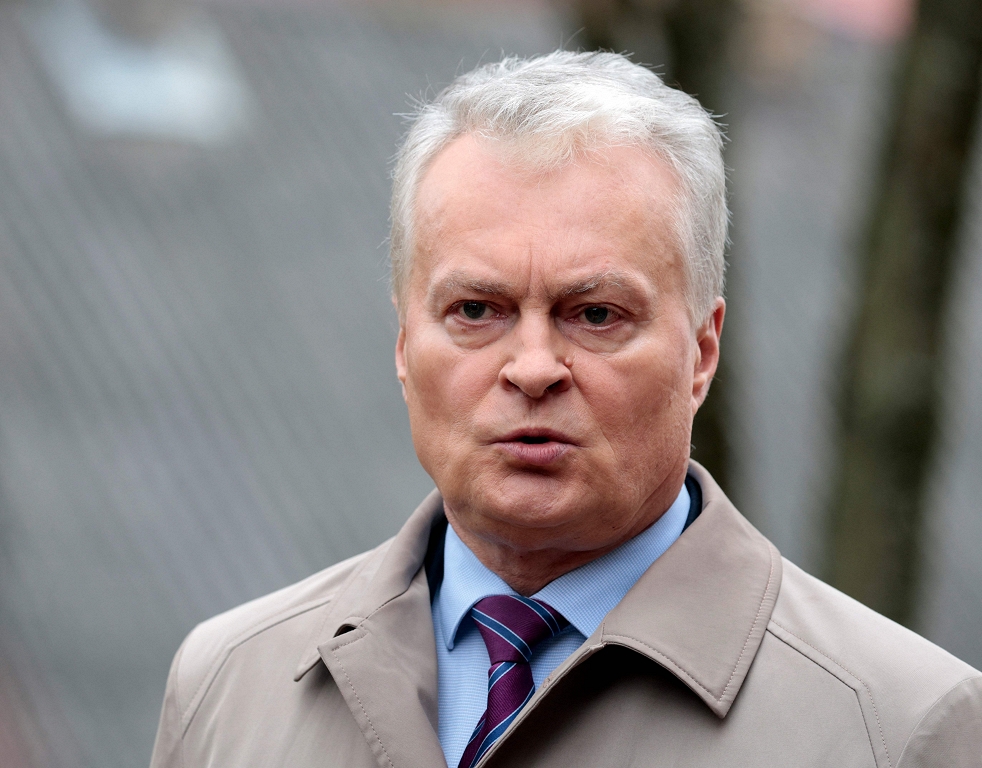The ideal always reminds you of the flaws itself. Show Golden Temple – For disappointment in the ideals and the meaning of life / day

The pavilion built 1400 years ago was the Second World War and was an important sacred building in Japanese culture. When director Henry Aray at the Latvian National Theater began to talk about the dramatization of the novel last season, actor Uldis Siliņš searched for the novel and read it. The novel was fascinated. « It is based on true events, the author has interviewed the witnesses of the event. However, it is the writer's fantasy of why it happened, » says Uldis Siliņš.
He has the role of young man in Midzoguci. « He is the son of a clergyman, comes from the countryside. All his life is taught that the golden temple is the highest one that can be achievable. Father and mother promised him a beautiful future. But when he gets out of the » glass container « he has grown, he understands that life is not as promised. Uldis Siliņš and admits that many have had a similar situation to Midzoguči, who has risen from parents since childhood, how to live. To achieve this beauty – the Golden Temple – it means creating a sense of life and finding a fulfillment. The Golden Temple is an ideal embodiment that always reminds him of the miserable man's own miserable. « How to live with the desire to become a part of the beautiful, part of eternity, knowing that you will always remain only a shadow? The golden temple will always be superior to you. Maybe the meaning of human life can be found somewhere else, but where? The young man, when encountering the world, tries to filter everything through his experience. It seems funny his naivety.
The show is special about the use of the expression of the use of the chosen buto technique. It is in the 20th century. In the 1950s, movement practice – a dance, a protest against Japan's beautiful and sophisticated gesture culture. « Buto is mud, clay, ugly man, weakness. And it creates a relevant mood, » says Uldis Siliņš.
Starring Liene Sebre, Inara Slucka, Thomas Ralfs Ābolkalns, Rudolfs Sprukulis, Voldemārs Šoriņš. Scenographer and costume artist – Adrian Tom Kulpe, movement choreographer – Simona Orinska, composer – Plato Buravickis, light artist – Lienīte Slišāne. The closest performances – March 6 and 16, April 9 and 24.






